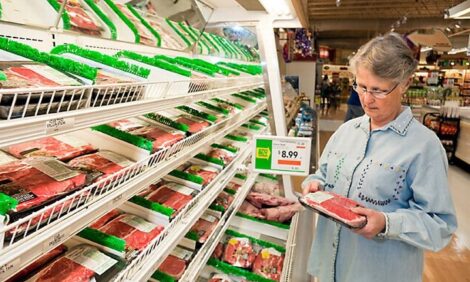



2nd Generation Stanchions
The pen gestation continues to evolve as producers gain “real world“ experience managing production systems.
In 2012 Prestage Farms remodeled an existing finishing complex into breeding and farrowing units and installed stanchions in the pen gestation. You can read more about the remodel project at 0http://bit.ly/2cIFWAt
Production Manager, Russ Goss, explained some of the changes made in new sow units built this year, 0 0 “In the new facilities, we increased the square footage from 19.5 to 23 per sow, and the stanchion width changed from 19″ to 24″ on center. In addition, the rodded stanchion dividers were increased from 18” to 48”.
“Extending the dividers changed the behavior of the dominant sows in a pen. Shorter dividers enabled the boss sow to disturb the other animals, and you would see some of them repositioning during the feeding period. The 48″ divider prevents the aggressive animals from reaching the shoulders of their pen mates. Instead of going down the line and disrupting other animals, they quickly figure out they can’t move anybody and just return to their spot.”
“The other thing we see is at any one time 50% of the animals in a pen will be lying in the stanchions. 0 0 They never laid in the shorter stanchions, but would always be lying around the “donut” in the middle with their backs against the pen perimeter gating. 0 0 A sow always wants to lay with her back against something. She feels secure in the longer stanchions and she appears comfortable staying there, but is also free to leave and move around the pen.”
Russ continued, “We have noticed that after the initial fighting to establish the pecking order in the pen, the sows are noticeably calmer and quieter compared to our stall barns.”
“Using pen gestation with stanchions fits our system and personnel. The ESF systems are really an intriguing concept… being able to feed and track sows individually in loose housing. Maybe it’s our genetics, but I don’t think it’s that important for us to feed a sow individually all the way through gestation. From our experience, we can effectively condition the sow the first 6 weeks in gestation. However, if we do not have all sows in the ideal condition, we will group them together and set all feeders in the pen accordingly.









